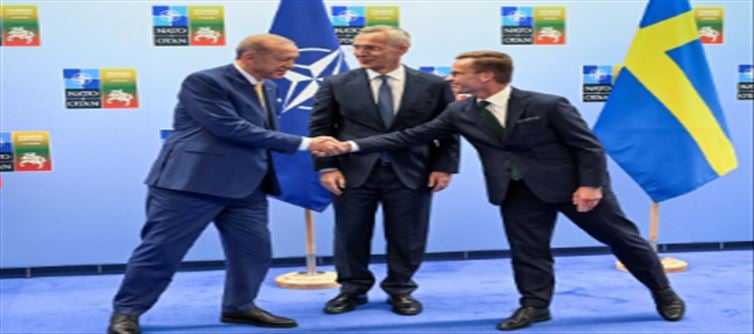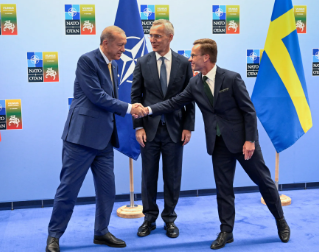
In response to the challenges posed by russia, the largest country spanning Asia and Europe, and to alleviate the apprehensions of war, european nations are aligning themselves with the NATO alliance, led by the United States. The recent addition of sweden, known for its peaceable stance, has expanded the NATO alliance to 32 member countries, breaking a two-year deadlock on Sweden's NATO membership.

Swedish officials indicated that the formalities related to NATO membership might conclude by the end of February, marking Sweden's official entry into the NATO fold. Notably, sweden shares a border with russia, and the move to join NATO comes amid Russia's displeasure over perceived encouragement of opposition forces in sweden and other neighbouring european countries.
The backdrop of Russia's ongoing conflict with ukraine, initiated two years ago, adds significance to these geopolitical developments. Russia's war against ukraine began when ukraine sought closer ties with the united states and aimed to join NATO. Despite warnings from russia, the conflict persists, with russia expressing strong opposition to any collaboration with American interests in the region.
Last year, finland, another country sharing a border with russia, joined the NATO alliance, and now, with Sweden's inclusion, both countries are positioning themselves within NATO to counter Russian President Vladimir Putin's assertiveness in Europe. NATO, established in 1949 after World war II, serves as a collective defense alliance, where an attack on one member country is considered an attack on all, invoking collective military response and providing economic, military, and technical assistance.
The move by sweden and finland to join NATO is seen as a strategic response to potential Russian aggression, aligning with other european nations to strengthen regional security and stability in the face of geopolitical uncertainties.




 click and follow Indiaherald WhatsApp channel
click and follow Indiaherald WhatsApp channel